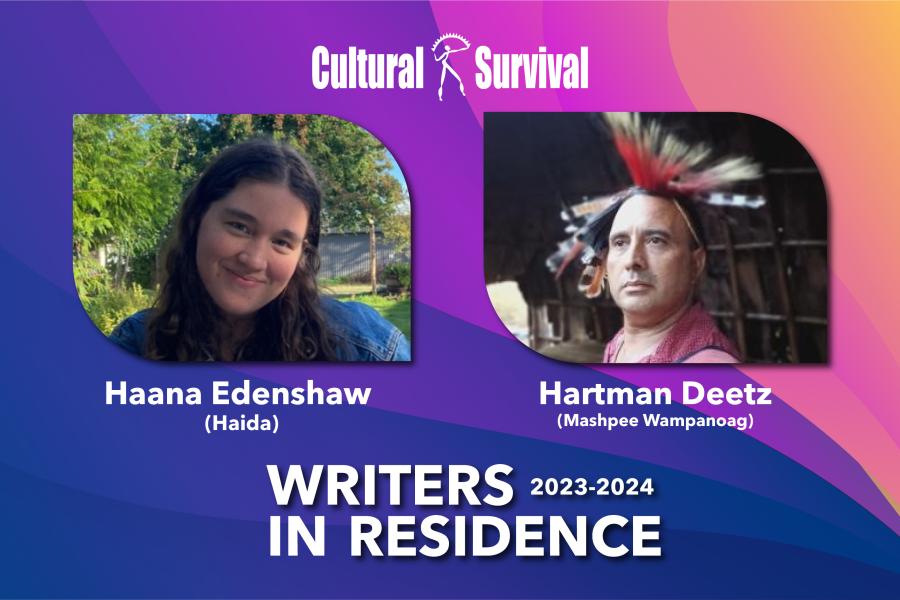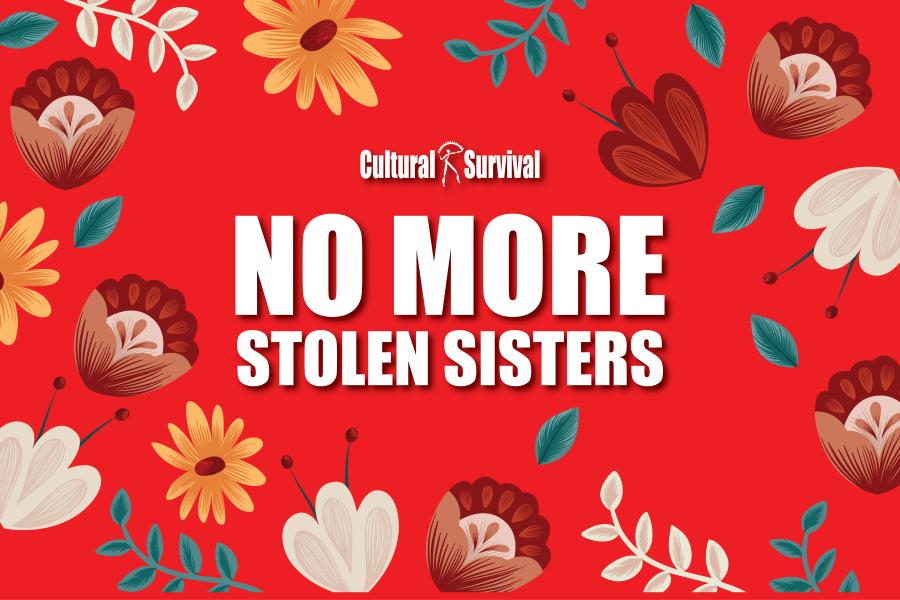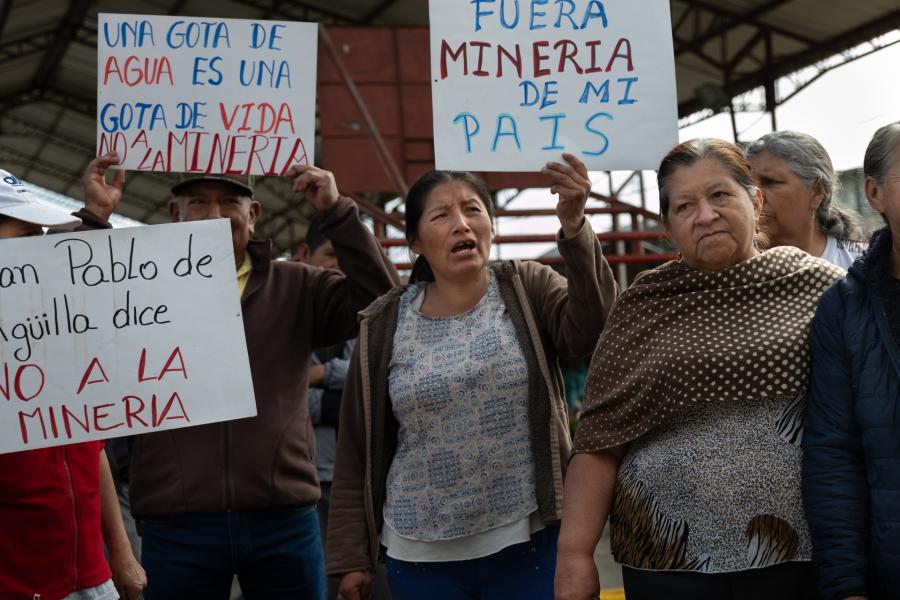
By Jenna Winton
On January 30, 2014, Indigenous activist Eriel Deranger, communications manager of the Athabasca Chipewyan First Nation (ACFN) of Alberta, Canada, presented at Harvard University in Cambridge, MA on the effects of industrialization on her ancestral land of Fort Chipewyan. It was a stop on her “Canada’s Tar Sands Exposed: Exploring the Human and Environmental Costs” campaign tour with fellow activist and renowned environmental photojournalist Garth Lenz. In her presentation she discussed the effects of the world’s largest industrial project, the Alberta Tar Sands, on her people’s culture, land, and modern identity.
Deranger’s work focuses on creating greater awareness about the impacts of the Alberta Tar Sands and demanding that all levels of government and the private sector fully implement the unique Indigenous rights her people hold as described by Treaty 8, and the United Nation Declaration on the Rights of Indigenous Peoples.
The Athabasca Chipewyan First Nation is currently suing Shell Canada for unmet Tar Sands Impact Benefit agreements, and is challenging Shell’s application for permits to build new tar sands projects. Shell is currently one of the largest tar sands operators. The newly proposed projects would contribute to further erosion of the fragile ecosystems, critical wildlife habitat, and Indigenous territory in Northern Alberta.
Deranger started out her presentation with a quote from a former chief of the ACFN, “The land is the essence of the ACFN culture, values, and spirituality.” Eriel went on to say that living in harmony with nature is a big part of the ACFN’s culture. She insists they are not trying to avoid progress but are looking for opportunities with respect for land, water, and culture.
The Chipewyan community of Fort Chipewyan, consisting of 1,200 members, lies amidst the diverse Boreal Forest of northern Alberta, Canada. The community is situated on Lake Athabasca about 150 miles downstream of the Alberta Oil Sands project.
Treaty 8, signed in 1899, was the document negotiated with the Canadian government that First Nations thought would guarantee their rights and economic lifestyle of living off the land. But since the start of mining operations, this traditional way of living has been threatened. Tar sands have been widely recognized as the most destructive projects on earth because of their severe impacts on the environment and Indigenous rights. To this day the Chipewyan community still relies on traditional food sources. However, with so much pollution running down the Athabasca River from the oil sands, these sources are becoming too contaminated for consumption.
Cancer rates in Fort Chipewyan have risen by 30 percent in recent years. It is suspected this is linked to exposure to polycyclic aromatic hydrocarbons (PAHs) released into the air and water by mining activities. However, the extractive industry and government claim that the pollutants are from natural resources and the rise in health complications are due to Indigenous Peoples “high risk lifestyles.”
Also stated in Treaty 8 was that First Nations rights should be considered when developing but these rights have not been honored. In 2011, the ACFN sued Shell Oil for failing to fulfill agreements made in 2003 and 2006 to moderate effects of the oil sands operation on the nearby community. The harmful impacts on the environment and protected rights of the ACFN have been dismissed and the Jackpine oil sands mine expansion was recently approved by the Canadian government.
In December 2012, Omnibus Bill C-45, disguised as a budget bill, was passed and amended several acts, including Canada’s Indian Act, to allow for environmental gutting. It has made changes to First Nations land rights and allows for the re-designation of protected lands as well as the removal of environmental protection from many lakes and rivers. Previous regulations that would force industries to prove that mining activities wouldn’t damage the environment are no longer required.
Deranger continued that First Nations rights are the first defense against environmental devastation as treaties were signed with the protection of land as a priority. “As with all humans, we identify with our land. When they destroy our land they will destroy our people.”
She concluded her speech in tears, recalling how when given the opportunity to move her family from Edmonton to Fort Chipewyan her young daughter did not want to go because she was afraid of getting cancer. Her daughter’s comment brought into sharp light the sad truth that she is being forced to choose between abandoning her identity and culture, or the safety of herself and her family.
“Our people and our mother earth can no longer afford to be economic hostages in the race to industrialize our homelands. It’s time for our people to rise up and take back our role as caretakers and stewards of the land,” said Eriel Deranger.
To learn more about the “Canada’s Tar Sands Exposed: Exploring the Human and Environmental Costs” campaign tour, visit: http://www.350maine.org/tar_sands_speakers_tour



